-
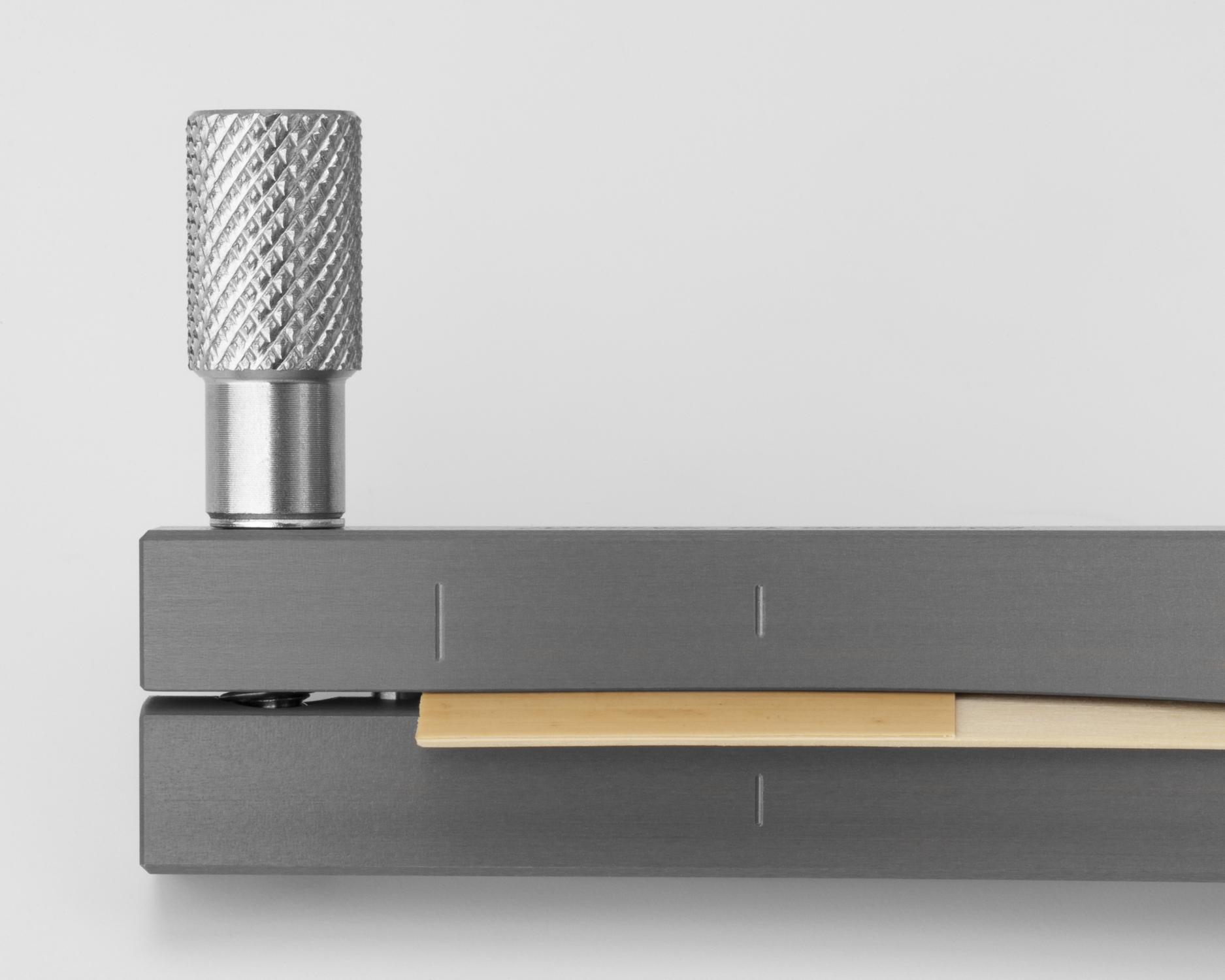
-
The engraving lines on the sides mark the narrowest point of the shape and are an important tool for precise shaping.
For optimal shape transfer, work from both sides towards this narrowest point.
-
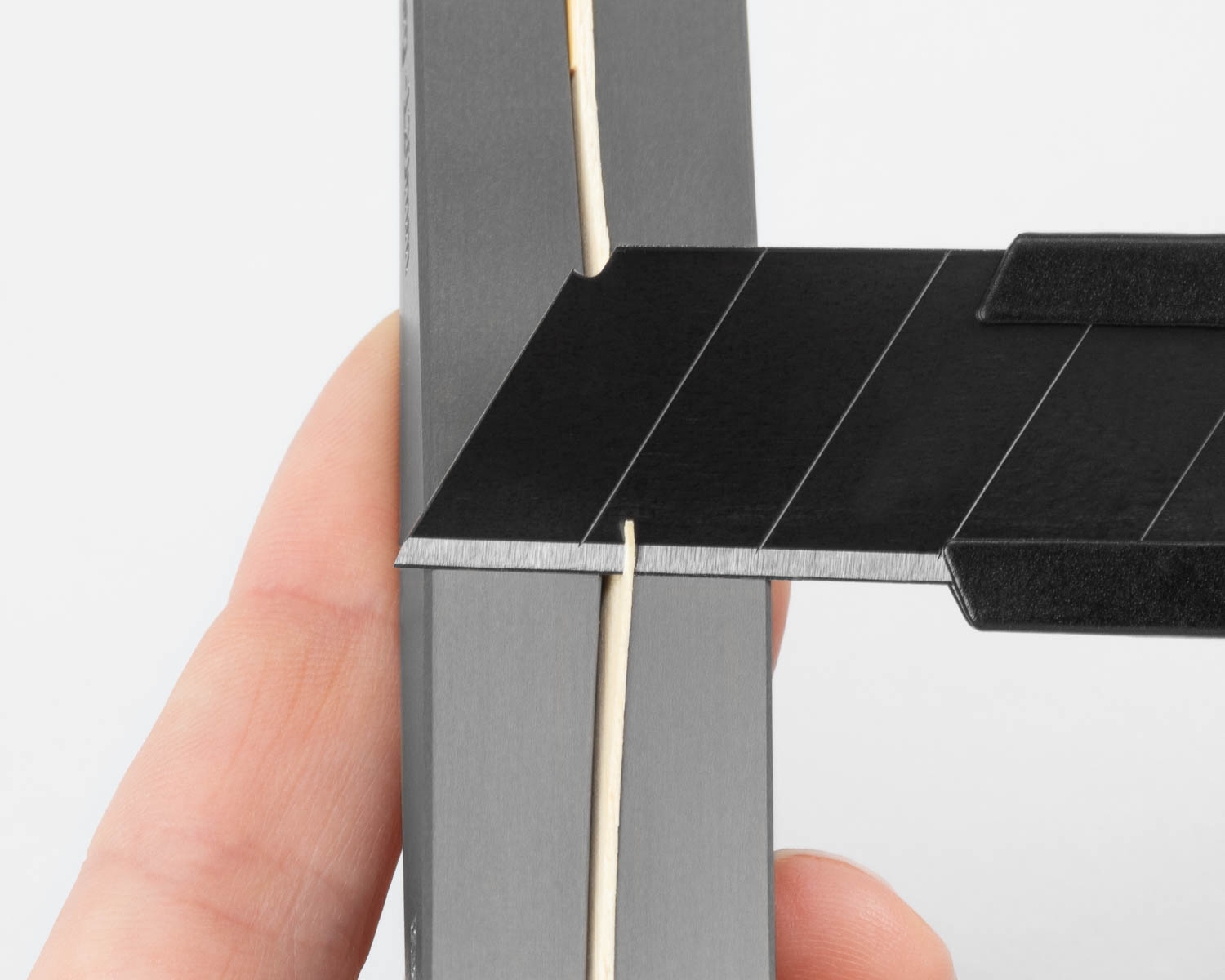
-
Guide the knife parallel to the shaper so that it rests on a large surface.
Do not remove too much cane at once, but rather work layer by layer.
-
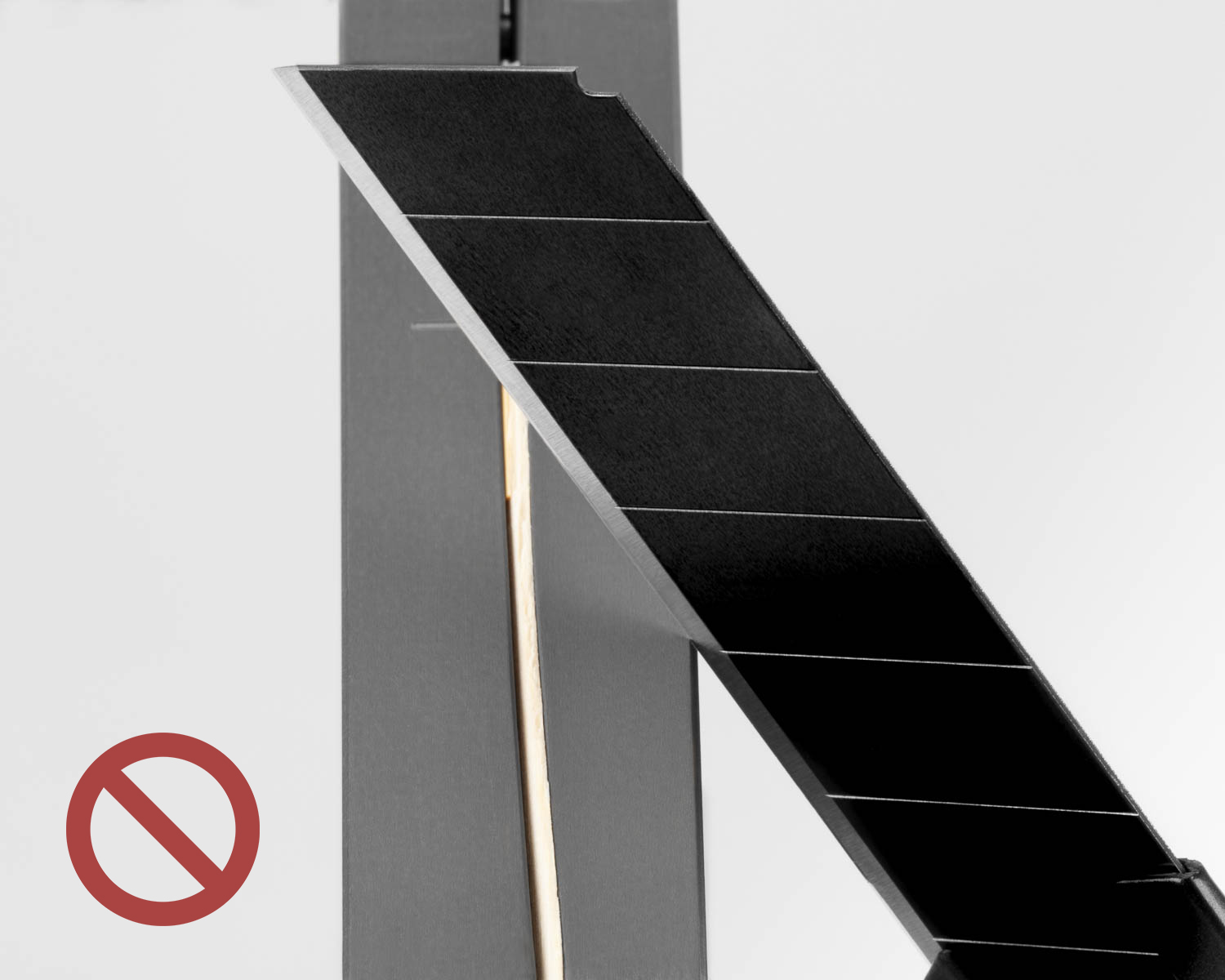
-
Never jam the knife against the shaper. Applying force at only one point, especially on the edge, can damage both the knife and the hardened surface of the straight shaper.
-
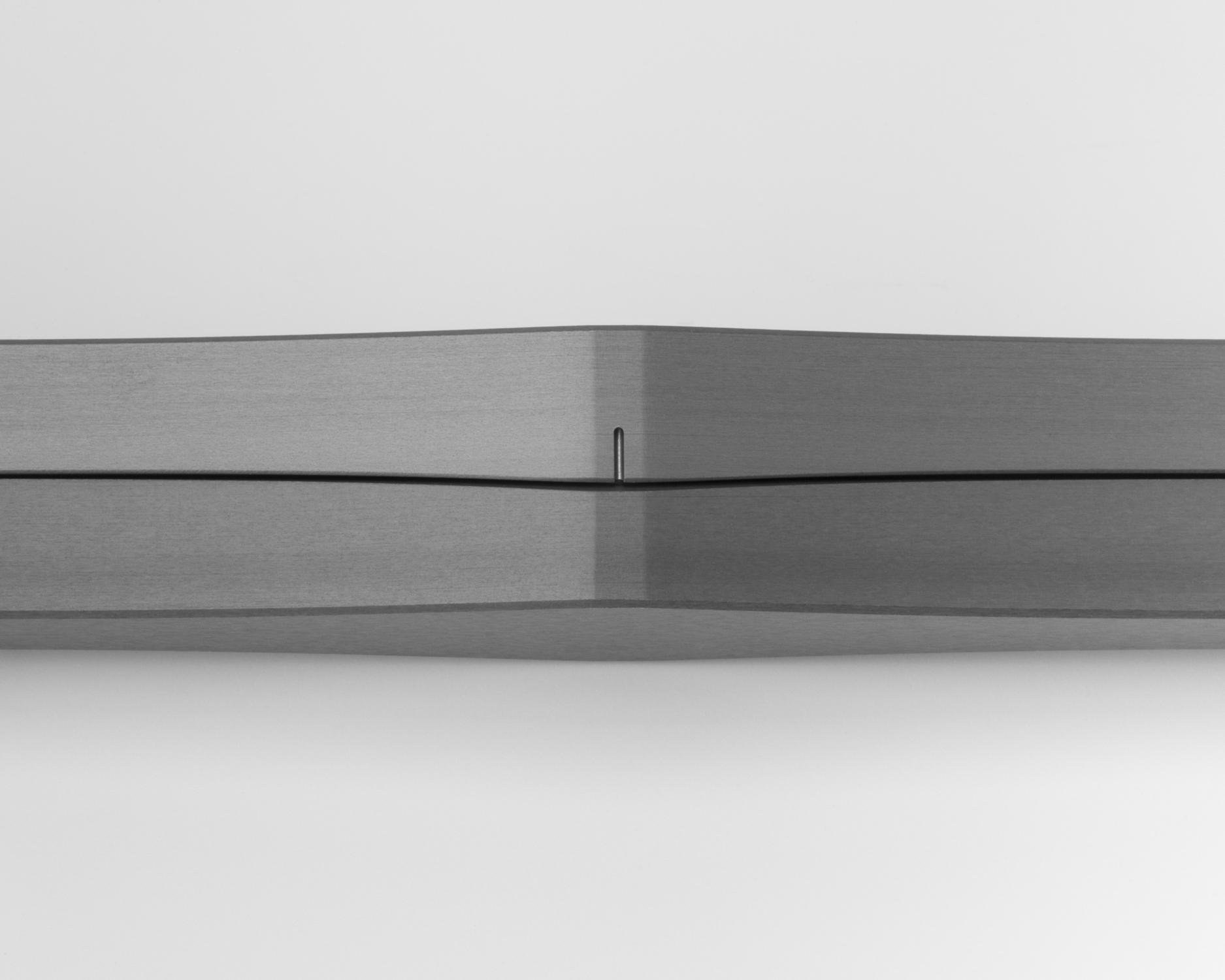
-
There is a short, straight area in the middle of the shaper form.
This facilitates the exact shaping of the tip area of the reed.
Using the Straight Shaper
When shaping cane on a straight shaper, always use a razor blade or other sharp thin blade. Most reed making knives are too thick to allow you to accurately follow the curves of the straight shaper.
First loosen the screws to open the shaper. After inserting the cane, tighten the screws again to hold the cane securely in place.
The large resting surface on either side of the cane on the straight shapers allow for a truly symmetrical shape to be made, as well as accurate reproduction from piece to piece. This is particularly important in the blade area of the reed, where foldover style shapers do not offer enough surface to reliably guide the blade accurately.
Positioning the Cane
Here are a few critical parameters and helpful features to be on the lookout for when positioning the cane in the straight shaper.
Note: Make sure the gouge is centered on the shaper. It is helpful to mark the center of the gouge on the short sides of the cane before inserting it into the shaper. Making two marks equidistant from this center line will also aid in centering the cane on the straight shaper in relation to the gouge.
-
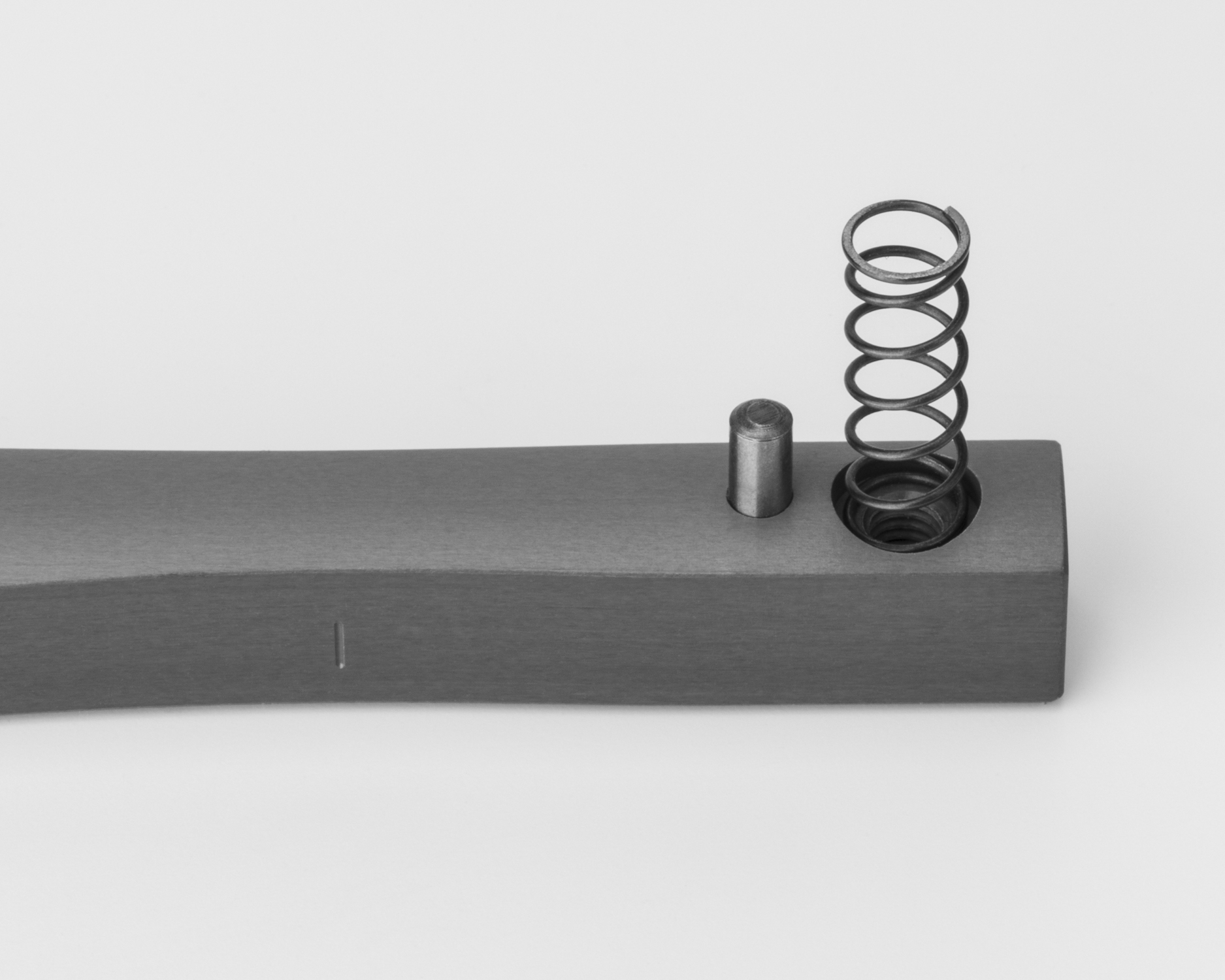
-
The stainless steel pins on the sides allow precise lengthwise positioning of the cane.
-
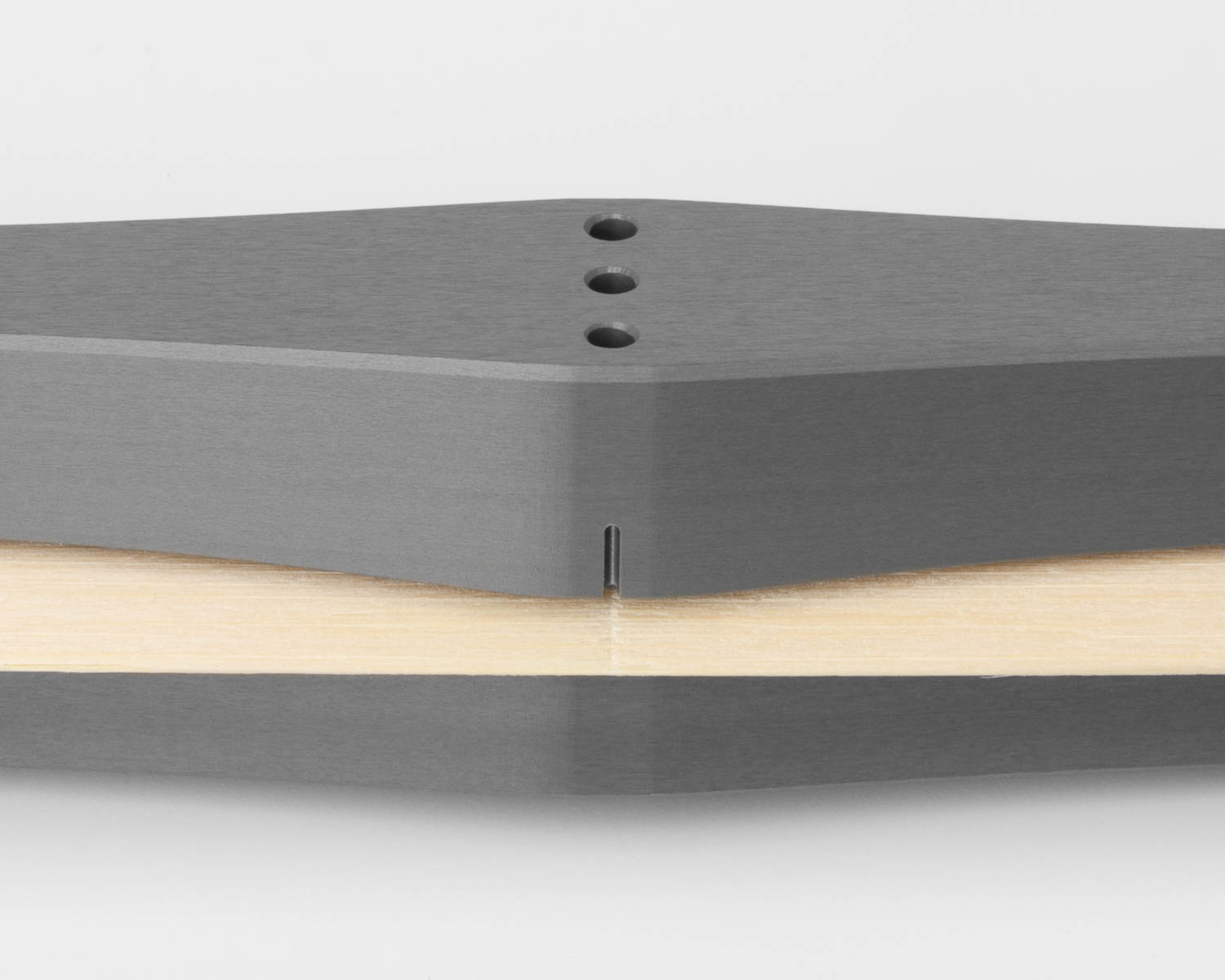
-
Profiled cane can also be easily aligned lengthwise with the help of the centering lines.
This is especially helpful with profiled cane that is not cut to the exact length of the shaper.
If the cane is profiled after shaping, this center line can also be used to help mark the center of the shaped cane. This marking will then help in positioning the shaped cane on the profiler to help ensure a truly symmetrical reed.
Silicone Tips
-

-
Thanks to the silicone tips, both gouged and profiled cane can be shaped.
The silicone tips secure the thinner parts of the profiled cane in the centre and prevent the cane from slipping.
-
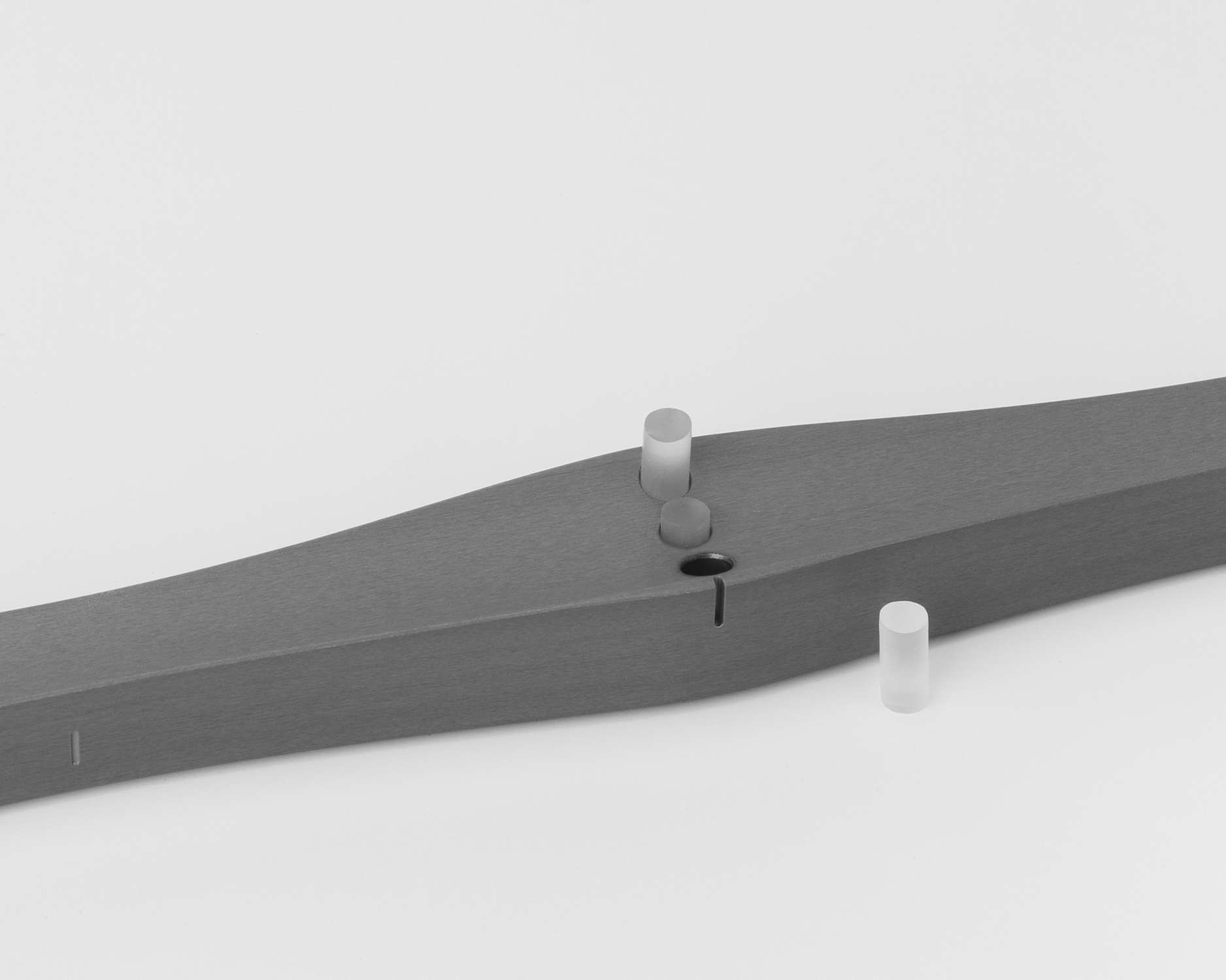
-
The silicone tips can be removed and replaced as desired.
Safety Instructions
Please always be careful while using your straight shaper. The blades used to shape cane are very sharp and may cause injuries and other damage.
In order to avoid negative consequences, you should follow the safety instructions during installation, usage and maintenance of your straight shapers:
The straight shaper is not a toy. The device is therefore not to be used by children and persons with limited physical, sensory or mental abilities.
